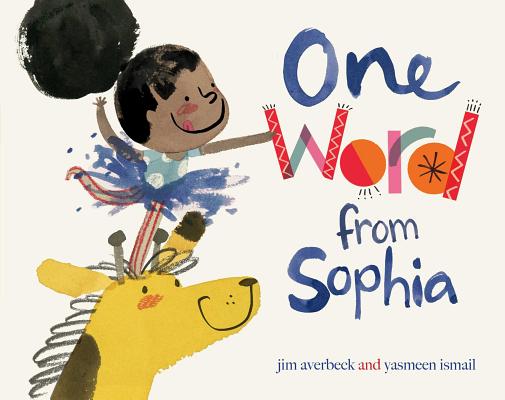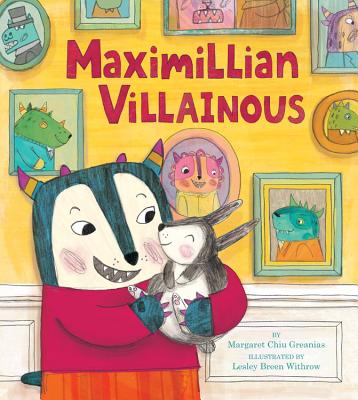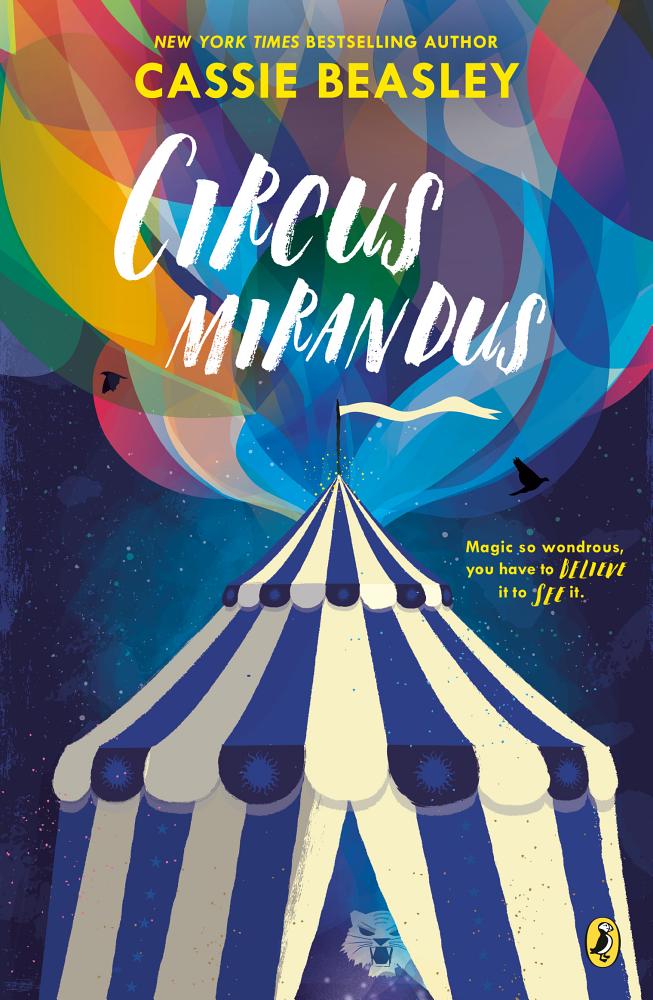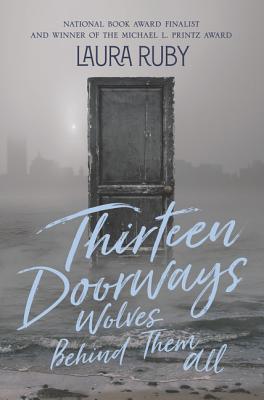craft post by Anne-Marie Strohman
One way to think about storytelling is that you’re leading your reader through a series of questions. You as a writer have control over what questions your readers ask by what you include or leave out of your story.
There are a number of different kinds of questions you as a writer can ask, or you can lead your reader to ask, and I’ll deal with some of them in upcoming posts.
Today I want to focus on the big overarching STORY QUESTION. It’s a tool you can use to guide your reader through an entire novel, a short story, or picture book.
The difference between a question that starts your story and a question that drives your story
When you start writing a story, you might start with a wondering question: What would happen if . . .?
This kind of question is fantastic for getting you started writing and engaging you as a writer and thinker. And while a wondering question might pique a reader’s interest in a book, it often won’t carry them through a novel-length work (it might have more success in a picture book or short story, but even in these shorter works will benefit from a solid story question).
A question that drives a story has some specific qualities:
- It is introduced early in the story
- It’s a yes/no question
- It will be answered near the end of the story
Typically a STORY QUESTION will relate to the character’s external journey, though some stories may use a story question that relates to the internal journey.
Let’s take a look . . .
Picture Books
A story question is typically introduced very, very early in a picture book, quite often in the first spread.
Take the first page of Oliver Jeffers’ STUCK: “It all began when Floyd’s kite became stuck in a tree. He tried pulling and swinging, but it wouldn’t come unstuck.”
We know right away the question that drives the rest of the book: Will Floyd get his kite down?
It’s a yes/no question, and by introducing this question in the reader’s mind, Jeffers promises to answer it by the end of the book.
Here’s the first spread of One Word for Sophia by Jim Averbeck and Yasmeen Ismail: “Sophia’s birthday was coming up, and she had five things on her mind–One True Desire and four problems. Her One True Desire was to get a pet giraffe for her birthday.”
Within two sentences, Averbeck introduces the question that will drive the story: Will Sophia get her pet giraffe?
Maximilian Villainous by Margaret Chiu Greanias, illustrated by Lesley Breen Withrow, starts with a question that relates to Maximilian’s internal journey. But by the third spread we know the question that drives his external journey.
The story starts: “Maximillian Villainous came from a long line of famous villains. But Max was different from his family.” Greanias then contrasts Max’s behavior with that of others in his family. At the end of the second spread, “The family groaned. ‘How is Max a Villainous?”
The inherent question here: Will Max learn to fit in with his family? Will he prove himself to be a Villainous?
This question is about internal character change, about who Max is.
The external question is introduced in the third spread: “One day, Max brought home a bunny. ‘I named him Bart,’ he said. ‘Can I keep him?’”
Now the story has an external question driving it–something concrete: Will Max get to keep his bunny?
Greanias has set up the story so that she must answer both questions, and, even better, the answers to the questions are integrated. You’ll have to read the rest of the book yourself to find out how she does it.
Middle Grade and Young Adult Novels
In the brief first chapter of the middle grade novel Circus Mirandus–only a little over a page–Cassie Beasley sets up her story question. An old man is sick and writes a letter to someone called “The Lightbender, Care of: Circus Mirandus.” He outlines the circumstances of their meeting, then makes a request: “You promised me a miracle. . . . you made a promise, and I have believed through all these years that if I had need of you, you would come. . . . I need you now” (2).
The story question is clear: Will the Lightbender come? And will he perform the miracle he promised, the one that the old man needs?
Courtney Summers’ YA novel Sadie gets to the driving question nine pages in: Will Sadie come back home alive?
She gets to this question through some twists and turns, and I’ll detail those questions and why they work in a future blog post. Those earlier questions, though, all lead to this one. It’s a question Summers can answer at the end of the novel, and one that will keep us turning pages through two different storylines–a podcast focused on finding Sadie and discovering how Sadie’s younger sister was killed, and alternating sections from Sadie’s point of view.
The prologue of Laura Ruby’s Thirteen Doorways, Wolves Behind Them All introduces two main questions, both questions of discovery. The opening is dated 1946, and the next section is dated 1941. This is a book that shows us the final chapter first, then goes back to tell the story.
From the prologue, we know that Frankie is nineteen and pays for a room she shares with her younger sister. We know she was raised in an orphanage, even though her father was still alive. We know that she has survived a lot. From all the context, the question arises, “How did Frankie go from a lonely child in an orphanage to supporting herself and her sister, and what did she survive to get there?”
The second question is introduced at the end of the chapter, and I don’t want to spoil it for you. I can tell you that it introduces a second storyline with its own key question.
Ruby uses these two stories with their individual story questions to tell the thematically intertwined stories of Frankie and of the narrator. Both questions pull us through the novel, and she answers them by the end of the novel, as well as the implicit question of how their stories are tied together.
Now it’s YOUR Turn
Framing your story with a story question that gets answered by the end of the novel works because it adds forward momentum, keeps your reader wanting to turn the page, and–since you delay the final answer to the question until the end–builds tension.
- Find your main story question.
- Does it arrive early in the story? Likely by the end of the first chapter or spread?
- Is it a yes/no question that can be answered by the end of the story?
- If you have a dual POV novel, do you have two story questions? How are they related to each other?
- Do you answer the story question by the end?
- If the question is answered before the last eighth of the story, consider ending your story sooner, or moving the answer to later.
Remember that a story question is one that you nudge your reader to ask. As you start a story, it may be a question you haven’t answered yet. That’s okay. But it can be a helpful exercise to think through what that answer could be so you don’t get lost in the woods as you write. Your story should always be aiming to answer that question. If it does, your readers won’t put the book down until they turn the final page.
Check out these other posts on structuring a story:
Anne-Marie Strohman (co-editor) writes picture books, middle grade novels, and young adult short stories and novels. She is trained as a teacher, an editor, and a scholar, specializing in Renaissance Literature. She holds an MFA in Writing for Children and Young Adults from Vermont College of Fine Arts and is an active member of SCBWI. Find her at amstrohman.com and on Twitter @amstrwriter.







COMMENTs:
0